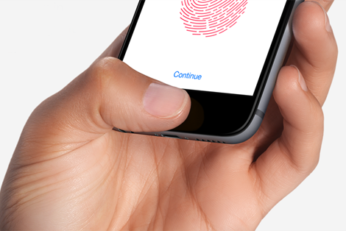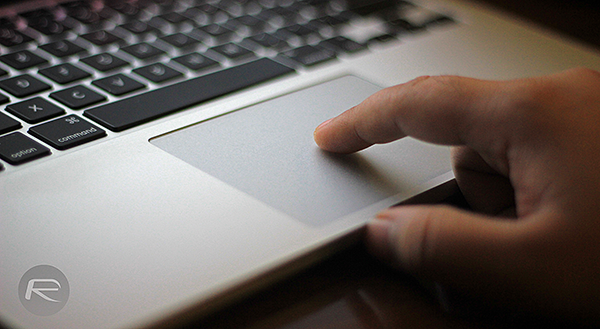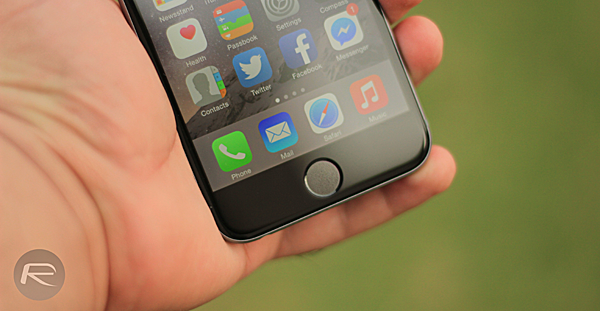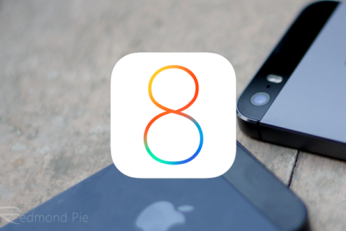Apple has reportedly been working internally on a technology that could see 3D Touch-esque features and functionality integrated into its biometric Touch ID sensor. As is often the case, the inner workings of the Cupertino-based fruit company have been thrust into the public domain via an official patent submission to the United States Patent & Trademark Office (USPTO). In this instance, the patent outlines the intention and usage of a technology entitled "Force-sensitive fingerprint sensing input".
Could this be the world's longest passcode ever set on an iPhone? Check out the video to see it yourself. The whole video only lasts seventeen seconds, but twelve of those involves an extremely cautious iPhone owner entering his passcode. Madness.
USPTO has published a patent application from Apppe that lifts the lid on a Touch ID-based 'panic mode' feature that Apple could be planning on introducing to its range of iOS devices.
It's been a long time coming, and it may continue to be that way, but at least Apple looks to be showing some interest in that direction. What are we talking about here? Apple's move to incorporate Touch ID into its MacBook lineup. According to a patent just granted to the Cupertino giant by the United States Patent and Trademark Office, biometric sensors on future MacBooks may just be a possibility.
Here's how you can fix Touch ID efficiency on iPhone, iPad the easy way and without inputting new fingerprints. More details on this tip can be found right here.
After a substantial amount of early skepticism upon its arrival with the iPhone 5s last year, Apple's Touch ID has settled nicely as a central iOS feature, even expanding to reach the iPad Air 2 and iPad mini 3 just a couple of months back. But it hasn't all been plain sailing, with the fingerprint sensor having been the subject of scrutiny by security experts, and now, it has emerged that it’s theoretically possible to bypass Apple’s latest security measure or any fingerprint based biometric system using a closeup photographs of your fingers and software that is available readily.
When Touch ID, Apple's fingerprint sensor, first emerged on the scene with last year's launch of the iPhone 5s, it was dispelled by many as a gimmick. It quickly emerged that it was anything but - rather a very refined measure that enhanced security and promoted seamlessness. With iOS 8, Apple has further expanded Touch ID's reach, adding third-party support allowing banking, password management and other such apps to reap the fruits of the implementation. It's still not without its fair share of limitations, though, and among them, the fact that it doesn't immediately allow a user to log in right after a reboot. It has now emerged that this isn't an arbitrary decision imparted by Apple, but actually, is due to the secure infrastructure upon which Touch ID is based.
AgileBits, the well-known Canadian development company behind the extremely popular 1Password suite of apps, has today officially lifted the cover on its 1Password app extension for apps developed with Apple's upcoming iOS 8 SDK. The official introduction of a powerful new set of developer tools at this year's Worldwide Developer Conference not only reignited the passion within the world of iOS, but also paved the way for developers like AgileBits to extend the functionality of existing software to provide additional power to users. The new extension will finally make it possible for third-party developers to integrate 1Password automatic login into their own iOS 8 apps.
For the past few weeks, each new day has spawned a bunch of reports pertaining to the Apple iPhone 6. But while, for the most part, the revelations seem to add very little value to the overall picture, today's reports out of Asia suggest that the production wheels are very much in motion. Further to the report originating in China that Pegatron had received a bundle of iPhone 6 orders, it has now emerged that the Taiwan Semiconductor Manufacturing Company (TSMC) has prepped the initial lot of Touch ID fingerprint sensors for the next Apple handset, along with the iPad Air 2 and iPad mini 3.
The introduction of the iPhone 5s during the final quarter of 2013 marked a significant hardware change in the mobile industry. Not only was the 5s the first consumer facing smartphone to introduce 64-bit architecture with the A7 chipset, but it was also the first publicly available smartphone to implement fingerprint scanning technology thanks to Touch ID. It's highly likely that biometric based detection and authentication will become increasingly popular over the next few years, with manufacturers coming up with their own unique uses. On the subject of biometrics, a new comparison video from Tanner Marsh gives a fairly comprehensive overview of fingerprint detection on what are arguably the market's two most powerful smartphones: the iPhone 5s and Galaxy S5.











